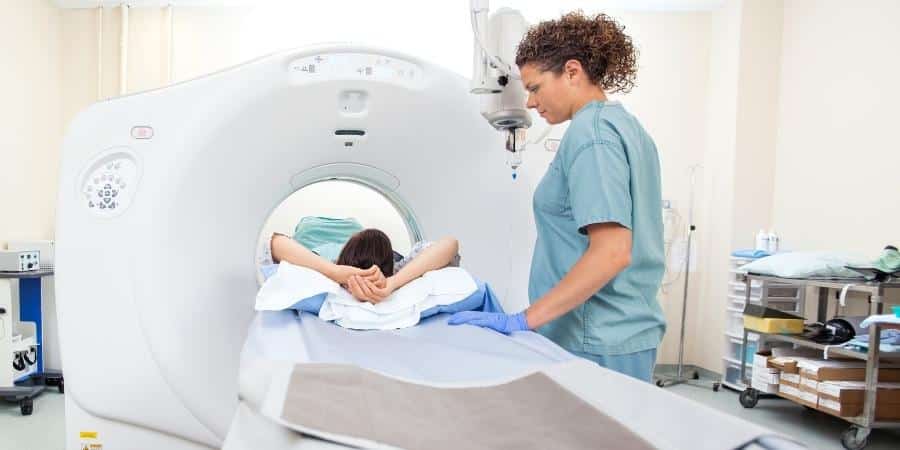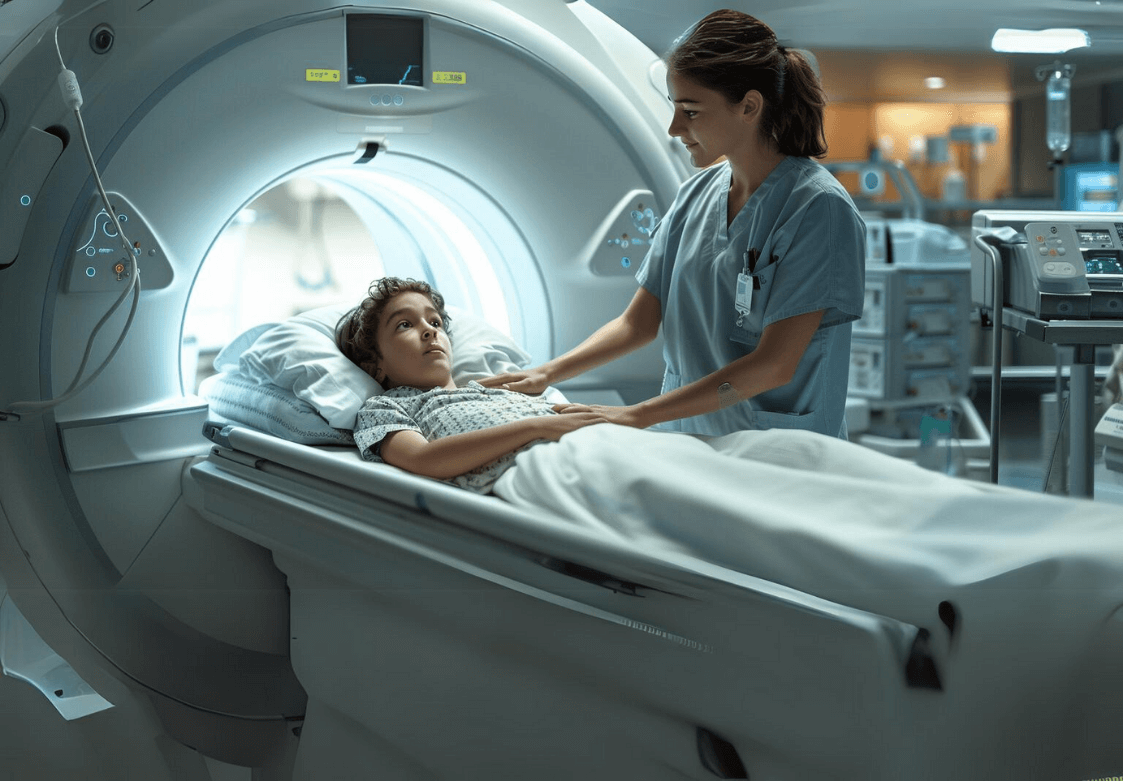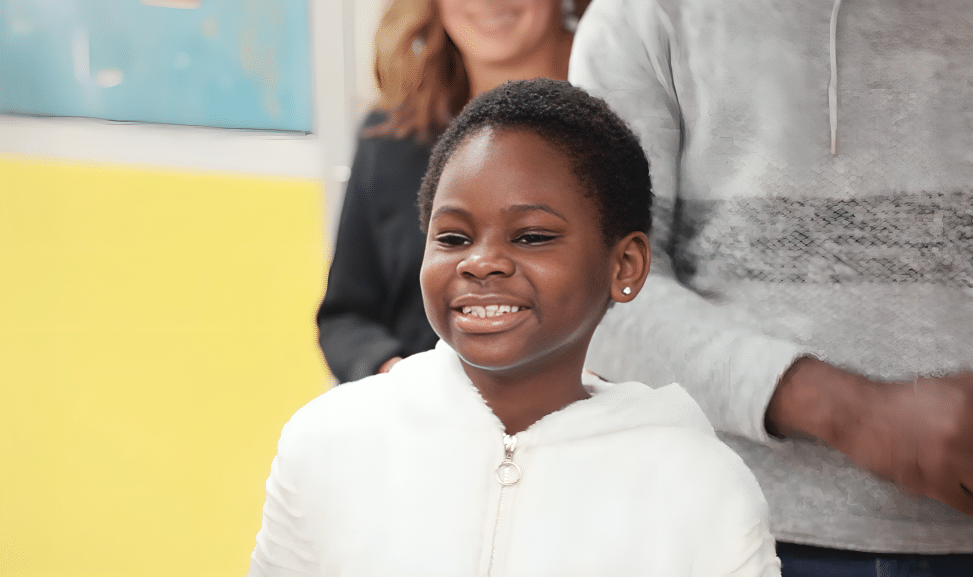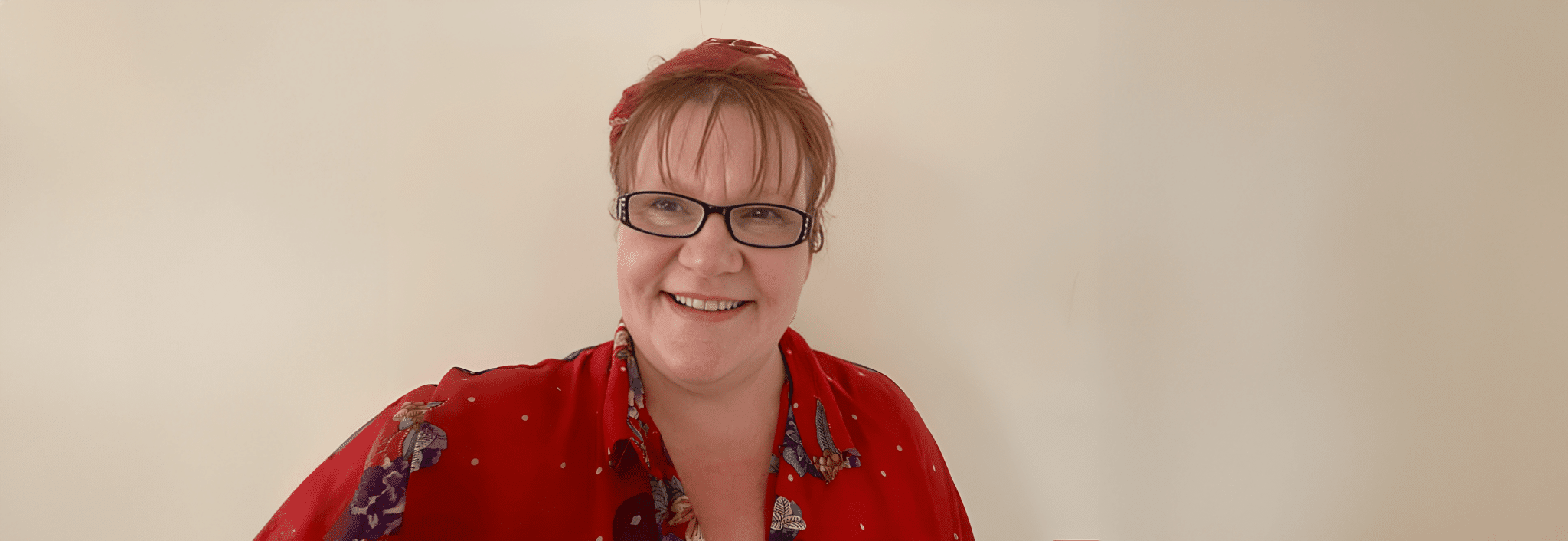Ear reconstruction might be needed for several medical conditions, such as trauma, cancer, or microtia, a condition in which infants are born with underdeveloped, small, and disfigured ears. Microtia affects 0.1%-0.3% of children. Those who suffer from it may experience hearing loss and are more prone to developing mental health issues due to insecurity or bullying later in life.
Usually, microtia is treated with autologous reconstruction, which involves using costal cartilage harvested from the chest area. However, this procedure has several drawbacks, most notably that it is painful and only appropriate for children over the age of 10. Furthermore, as the surgeon handcrafts the ears during an autologous reconstruction, aesthetic results can vary.
In a bid to help patients avoid these issues, researchers from Sheba Medical Center and the Technion collaborated to develop custom-made auricle implants by employing tissue engineering technology, CT scans, and 3D printing.
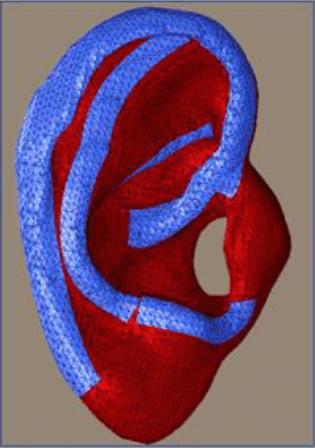
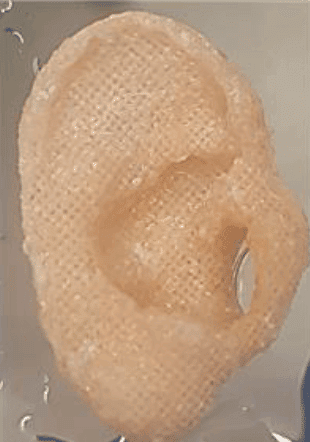
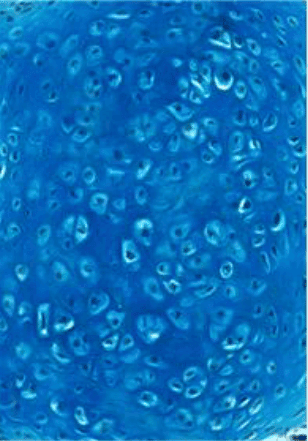
The result is a 3D biodegradable auricle scaffold that formed neocartilage implants made based on patient-derived chondrocytes (the cells that the cartilage comprises) and mesenchymal stem cells. After observing the growth of the implants for six weeks, researchers performed ear reconstruction on mice, proving they were stable, effective functioning ears.

According to Dr. Shay-Yitzhak Duvdevani, Senior Physician in the Department of ENT and Head and Neck Surgery as well as Head of the Tissue Engineering Laboratory at Sheba Medical Center: “In this study, we achieved a significant breakthrough by combining clinical and academic efforts. It is another step forward in the application of advanced technologies, such as 3D printing and tissue engineering, within the framework of medical care, a process that is expected to greatly benefit patients.”
